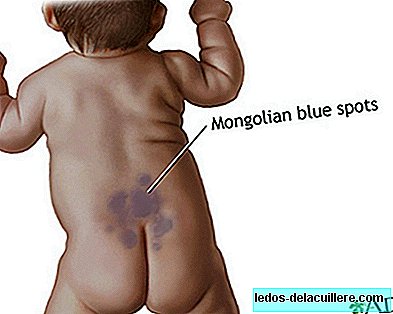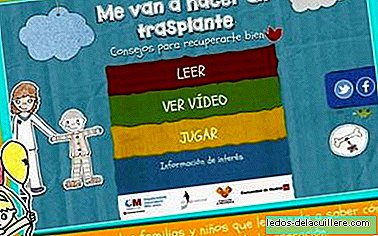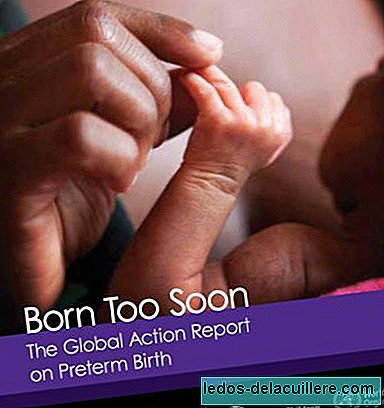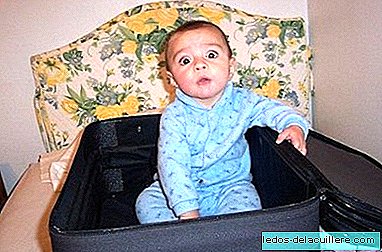
One of the things that most concern parents is the skin of their children. Granites, freckles and spots are often a matter of concern and consultation when they go to the pediatrician and one of the issues that most doubts is the spot that babies have on the back and buttocks.
This stain is known as Mongolian stain, an answer that does not usually calm parents very much if it is not “normal” before, because in Spain saying Mongolian to a child is not usually speaking well of him.
What is the Mongolian spot
Congenital dermal melanocytosis, better known as Mongolian stainIt is an area of the skin rather extensive and smooth (it has no relief) that has more pigment than the rest and that at first glance looks bluish or greenish.
If you have never seen it, just say that it looks like a bruise to understand the color it has, but the cause has nothing to do with a blow. This is clear because more than one father has asked me in the nursing office about the stain saying that "this must be a blow that occurred in childbirth, right?"
The most typical location is the sacral area, in the lower part of the back and covering the buttocks a bit and, as I said above, do not give any importance.
Why it is called "Mongolian"
In Spain, the word "Mongolian" is commonly used to insult (although people emphasize the word in the "i", for more INRI), as saying that such a person suffers from Mongolism, which is Down syndrome adjective in that way because the features of the face remind those born in Mongolia.
However, “Mongolian” means in the first instance “belonging or related to Mongolia”, so talking about Mongolian spot is not talking about anything related to Down syndrome, but related to the country, with Mongolia.
The reality, in any case, is that neither is there a close link between the country and the spot, beyond the frequency with which it happens. Mongolian babies have the most Mongolian spot. That's why the stain gets that name, not for anything else. The reason that so many babies have it there is that it is hyperpigmentation very typical in dark skinned babies.
When the Mongolian spot disappears
"Calm down, it's nothing, this will go alone," the parents of the newborns are told. But then they have six months and ask again why the stain is still there. Then the year comes and they ask again why, “Let's see if my girl is going to have to wear bikinis with that spot on her back…” (I say it in a humorous way, it is normal to ask and normal to worry. The strange thing is not ask and keep the doubt).
The stain disappears with time and time is variable. Sometimes it disappears before and sometimes it takes longer to leave. In most cases the stain has disappeared when they reach school age, but I say, leave when you leave, it doesn't matter.












